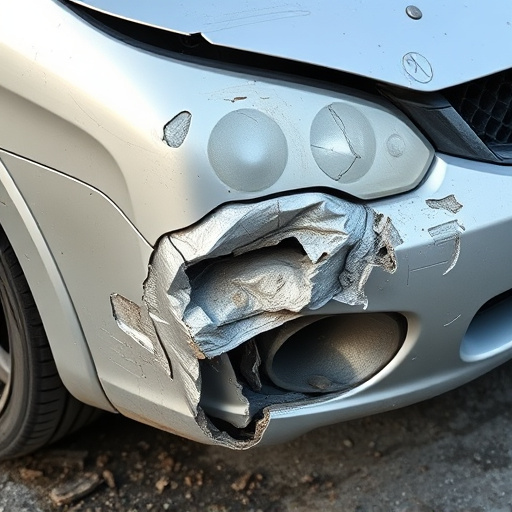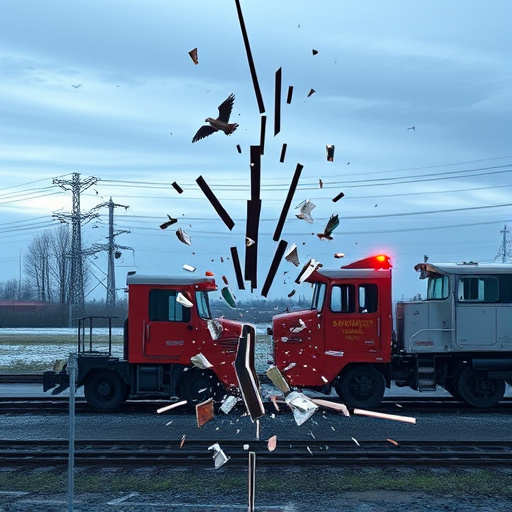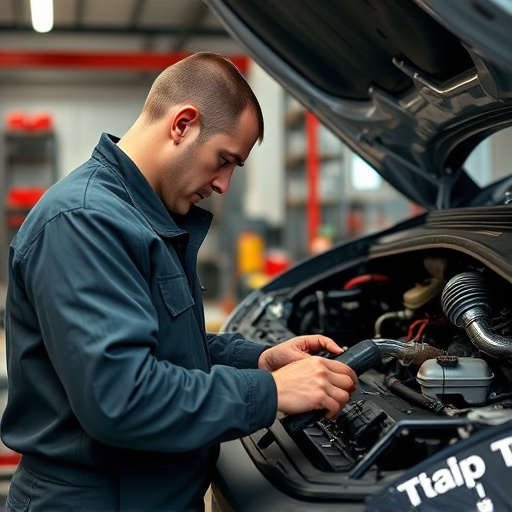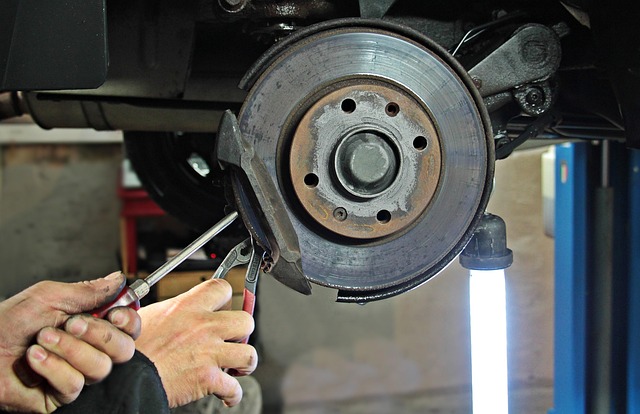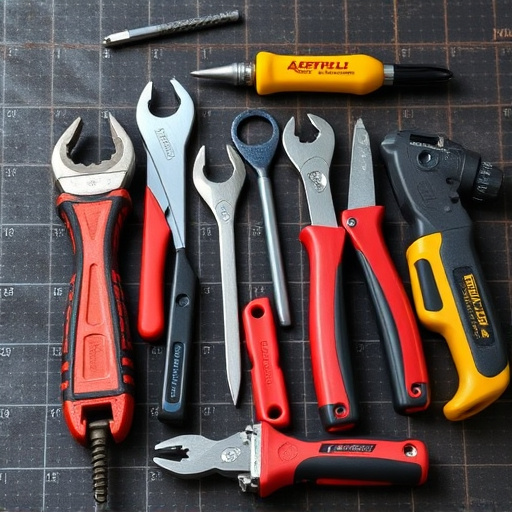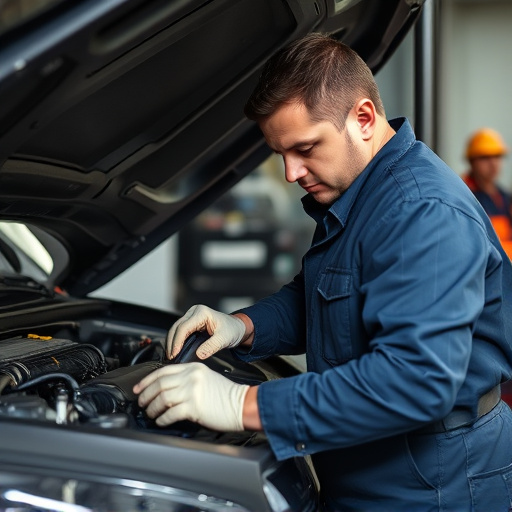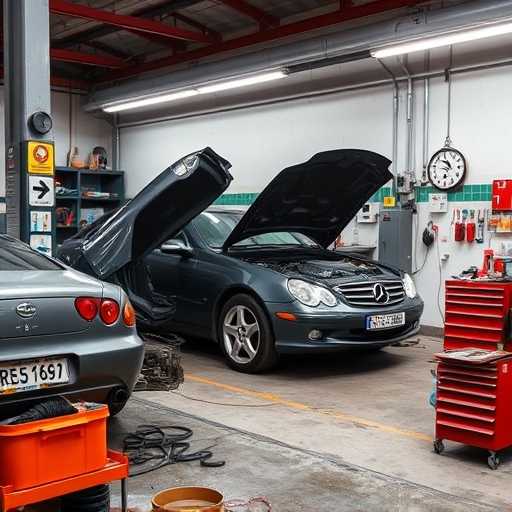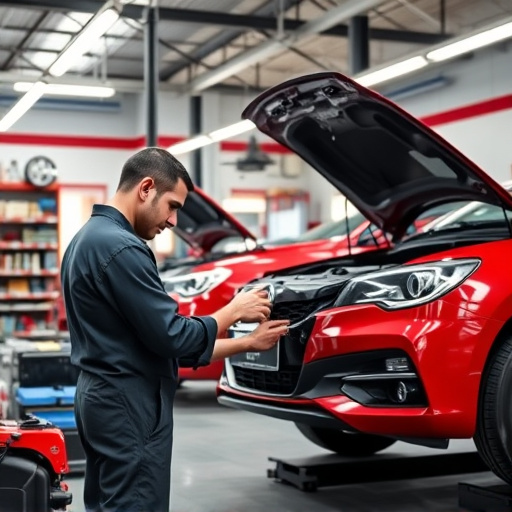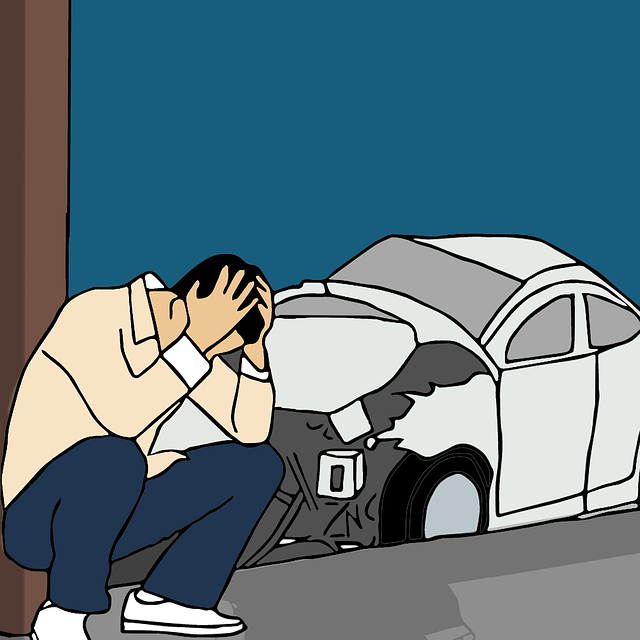Diminished value after repair occurs when a vehicle's worth doesn't fully recover post-repair, impacted by damage severity, repair complexity, and shop reputation. Factors like pre-accident age, quality of services, and past repairs influence retention of value. Protecting against diminished value involves assessing previous fixes, maintaining repair records, and choosing high-quality work to ensure future reselling or trading-in potential.
Buyers investing in vehicles, especially those with a history of repairs, should be aware of the concept of diminished value after repair. This phenomenon refers to the reduction in a vehicle’s resale or trade-in value following a significant fix or accident. Understanding how this loss in value occurs and what factors influence it is crucial for informed buying decisions. In this article, we’ll explore these aspects, providing insights to help buyers navigate the complexities of diminished value after repair.
- Understanding Diminished Value After Repair
- Factors Affecting Post-Repair Depreciation
- Protecting Your Investment: Strategies for Buyers
Understanding Diminished Value After Repair

After a vehicle has been repaired, buyers may be surprised to learn that its value doesn’t always return to its pre-incident level. This phenomenon is known as diminished value after repair and refers to the reduction in a car’s worth due to the repair process itself. The extent of this loss can vary significantly depending on several factors, including the severity of the damage, the type of repairs conducted, and even the reputation of the auto repair shop or body shop services involved.
When a vehicle undergoes complex repairs, especially those involving structural changes or extensive paintwork in a vehicle body shop, it may experience what’s known as residual damage. This can include visible scars from repairs, altered body lines, or even reduced aesthetics and performance. While professional body shop services aim to minimize such impacts, the fact remains that many buyers perceive vehicles with a history of significant repairs as less desirable, leading to a decrease in their perceived value.
Factors Affecting Post-Repair Depreciation

After a vehicle undergoes repairs, several factors influence its subsequent depreciation rate. One significant aspect is the extent and complexity of the damage. A minor fender bender may result in quicker restoration with minimal impact on the car’s value compared to a major accident that requires extensive structural repairs. The age and overall condition of the vehicle before the incident play a crucial role too; older cars might depreciate faster post-repair, while well-maintained ones could retain their value better.
Additionally, the reputation and quality of the collision center or car body shop involved in the repair process are essential considerations. Reputable shops with skilled technicians often command higher rates, which can potentially affect the overall cost of repairs and, subsequently, the vehicle’s perceived value. The type of replacement parts used is another critical factor; original equipment manufacturer (OEM) parts might command a premium and help maintain the car’s pre-accident value, while aftermarket or generic parts could have varying effects on depreciation depending on their quality and fit.
Protecting Your Investment: Strategies for Buyers
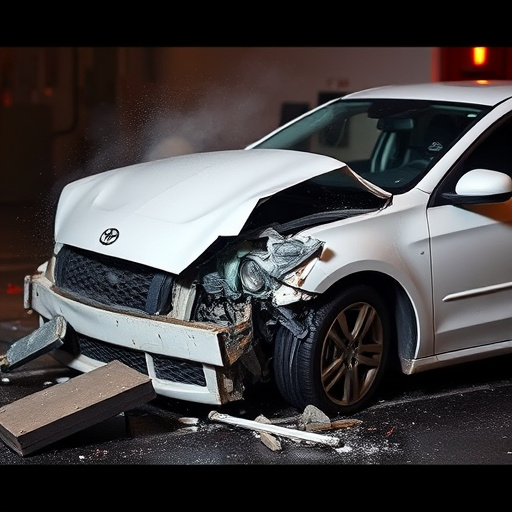
Protecting your investment is a top priority for any buyer, especially when it comes to vehicles that may have undergone repairs, potentially affecting their overall value. One key aspect to be aware of is diminished value after repair, which can significantly impact your return on investment if not managed properly.
Buyers should carefully assess the quality and extent of previous repairs, such as scratch repair, car dent repair, or fender repair. Repairs that are not executed professionally might leave behind residual issues, affecting the vehicle’s performance and aesthetics. By understanding the history of repairs and ensuring they meet high standards, buyers can mitigate potential losses due to diminished value after repair. Additionally, keeping detailed records of all maintenance and repair work can be beneficial when reselling or trading-in the vehicle in the future.
Understanding and mitigating diminished value after repair is crucial for buyers looking to protect their investments. By recognizing the factors that influence post-repair depreciation and employing strategies to safeguard against it, savvy consumers can ensure they receive fair market value for their purchases. Staying informed about these considerations will help buyers navigate the complexities of car repairs and make confident decisions in today’s automotive marketplace.

